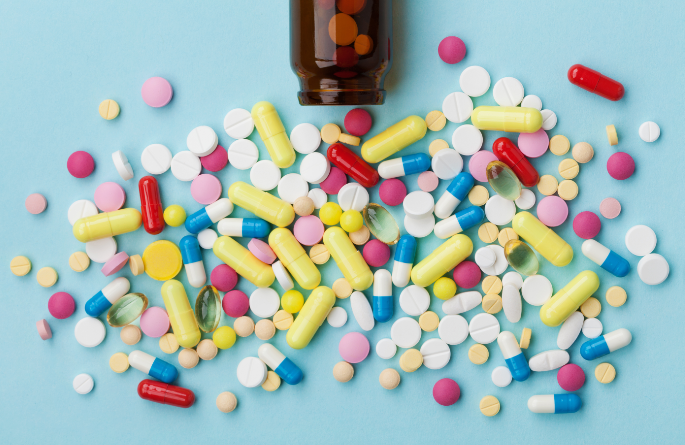Amongst the various battlegrounds created by coronavirus, including saving lives and the race to find a vaccine, perhaps one of the most intense is the fight to maintain delivery of medical supplies to the front lines.
1. Face mask ‘free for all’
The New York Times describes the global scramble for face masks and protective gear for front-line medical workers as a ‘free for all’ involving governments, hospital chains and entrepreneurs. The paper reports prices for the N95 respirator masks needed by medical workers have quintupled, while trans-pacific airfreight charges have tripled:
https://www.nytimes.com/2020/04/01/business/coronavirus-china-masks.html
Meanwhile in the UK, as the IOE&IT’s Daily Update reported yesterday, Chancellor of the Exchequer Rushi Sunak has acted to “speed up and increase supply” of medical supplies by lifting the import duty and VAT that is normally payable.
2. Pharma supply ‘reshoring’
One of the main fallouts from COVID-19 so far is a reappraisal of the reliance on China as the West’s chief source for so much of its component parts and medicines.
The world’s largest producers of active pharmaceutical ingredients (APIs) and generics are China and India, where manufacturing has reduced as a result of the crisis.
The Financial Times today reports how politicians from Democrat and Republican parties are voicing concerns about over-reliance. The story quotes a statistic showing the US imports nearly half its protective medical gear from China.
White House trade adviser Peter Navarro told the FT the virus crisis is a “wake-up call” about the country’s heavy reliance on China in particular.
3. Pressure on air transport of pharma
Looking to pharma and medical supply in the weeks and months ahead, Lloyd’s Loading List quotes data from DHL’s supply chain Resilience360 report, published 31 March.
Transport of medicines and equipment is largely by air, with special handling and temperature-controlled storage required, the DHL report notes.
While air freight for medical cargo had not been significantly affected so far thanks to charter flights and cargo freighters, “logistics providers and pharmaceutical companies must grapple with capacity constraints and the added financial burden charter options can contribute to overall transportation costs,” the report says.



